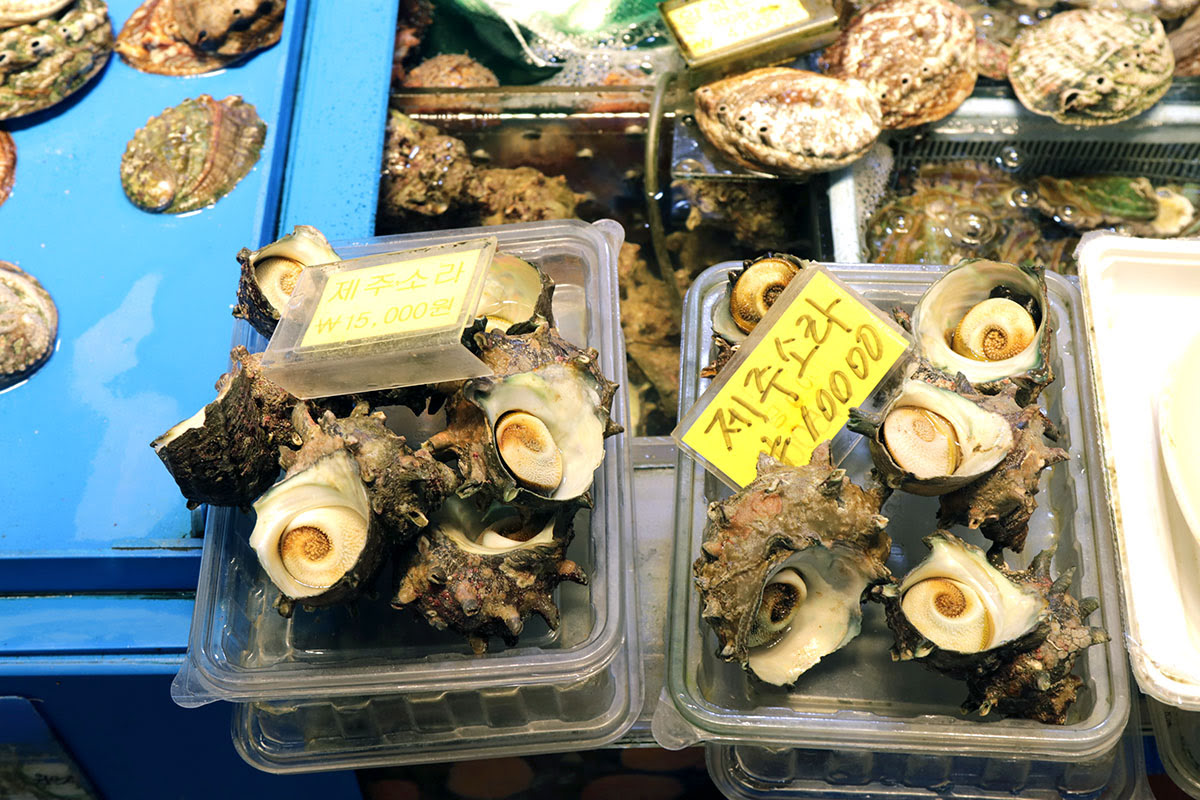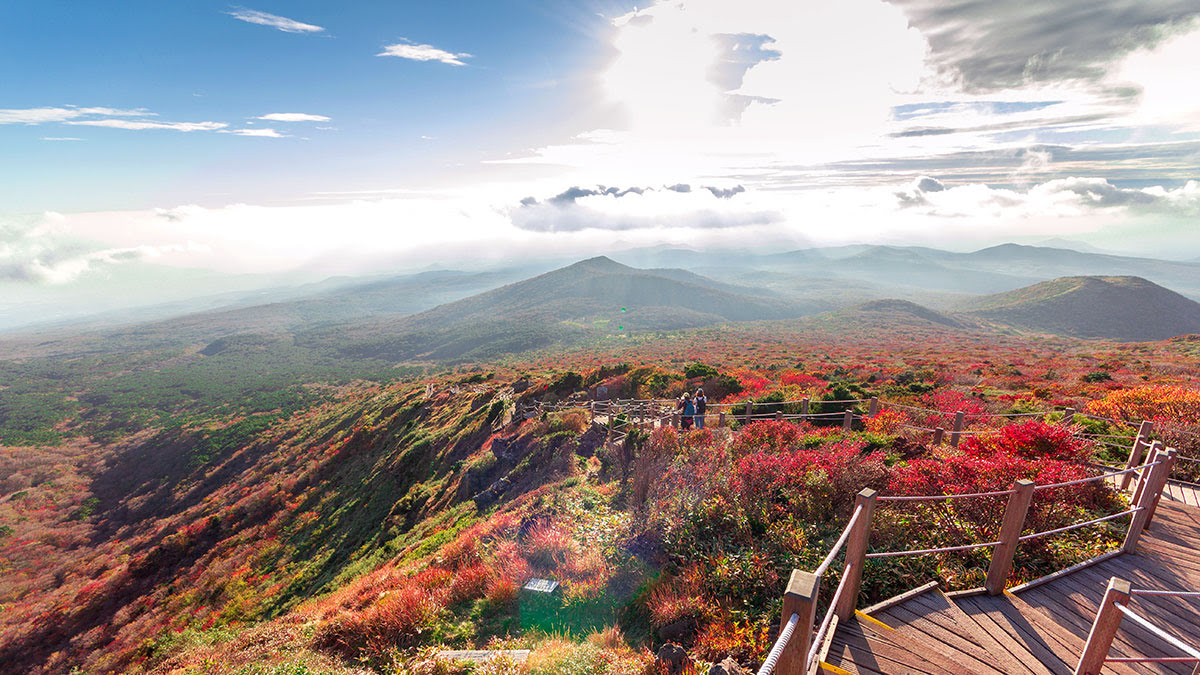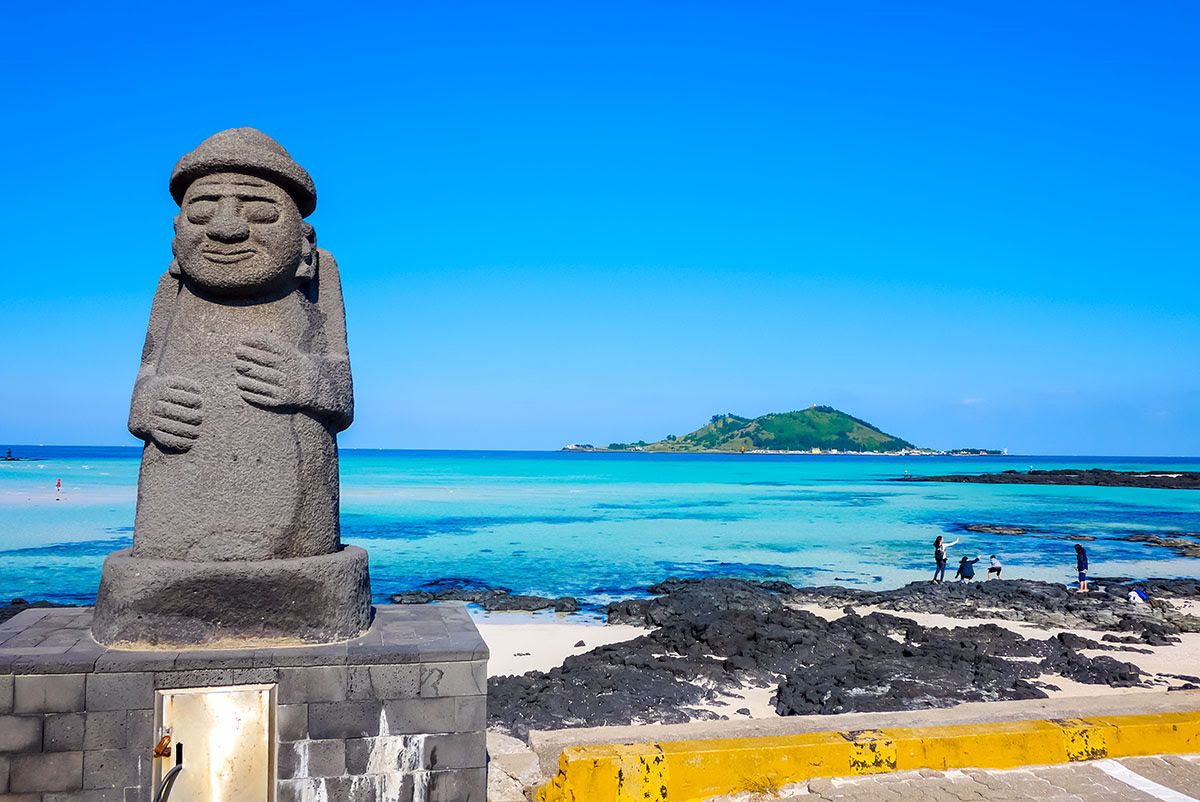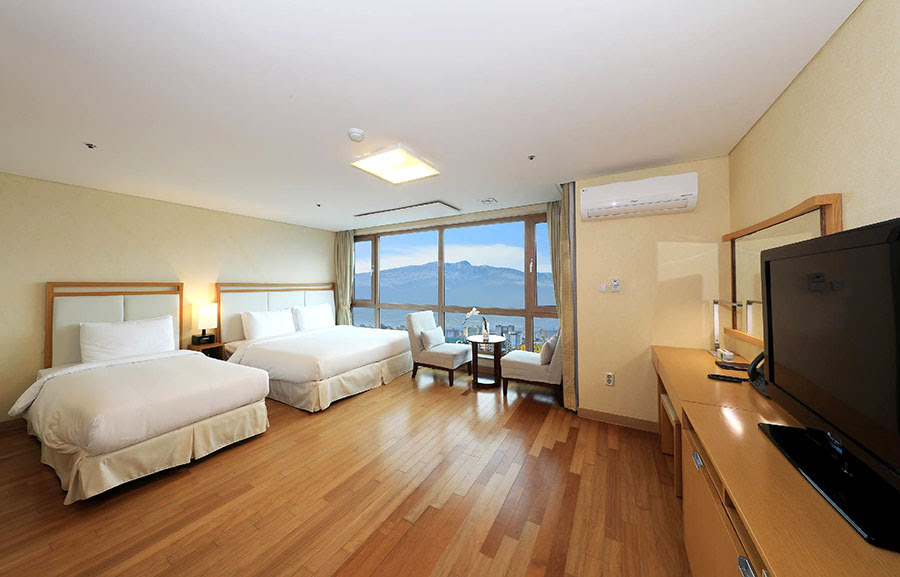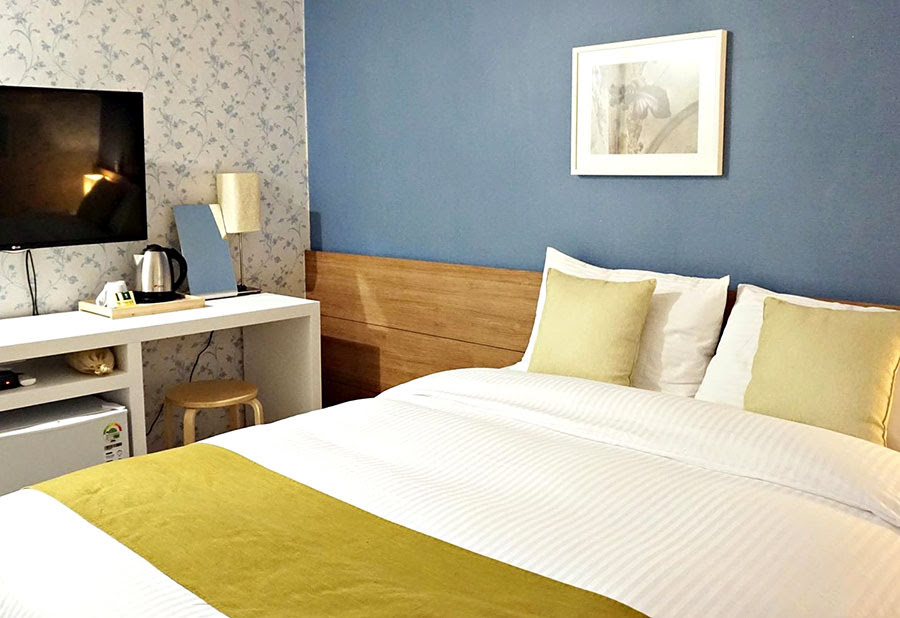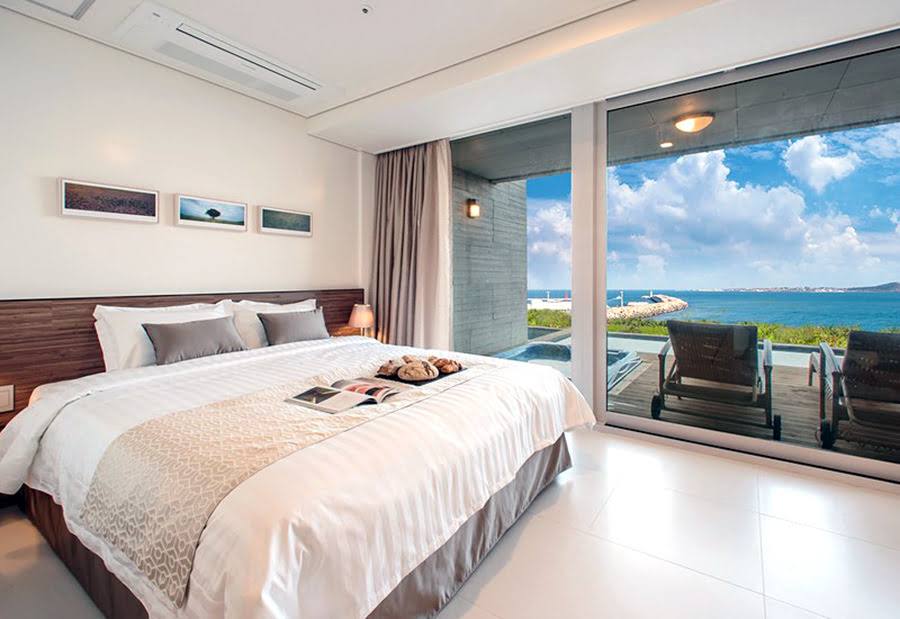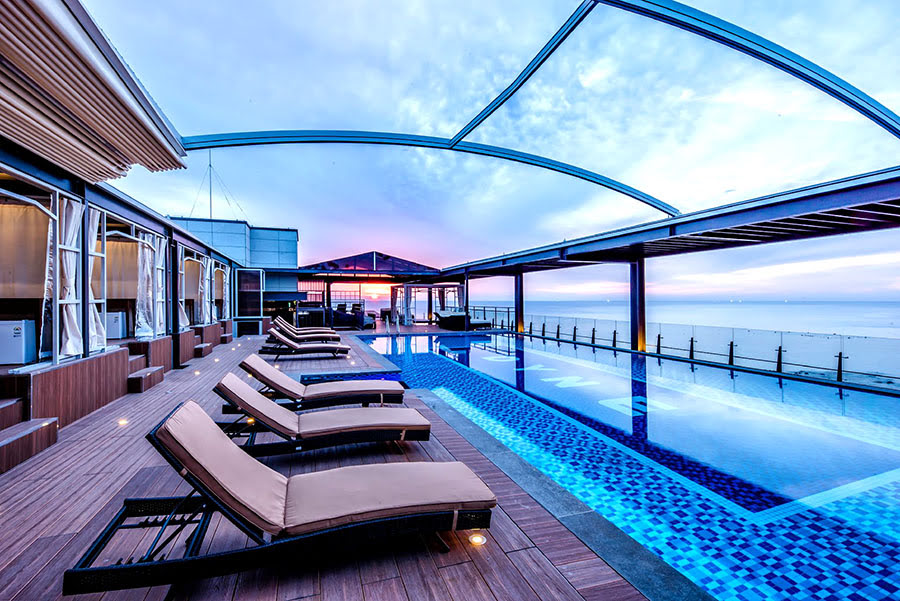Top Things to Do in Jeju Island | Hiking Hallasan + Best Tours & Attractions

For a tiny island floating in the Yellow Sea, Jeju Island is packed with adventure! Things to do in Jeju Island include everything from hiking up Mount Hallasan to shopping at Dongmun Traditional Market in Jeju City. Known as the “Island of the Gods,” Jeju Island also is the top honeymoon destination for Korean newlyweds, so the island is a perfect spot for a romantic getaway. With romance, trekking, beaches, horse riding, top-notch diving and sunsets on white sandy beaches, Jeju Island has no shortage of attractions, museums, beaches and breathtaking nature treks!
Things to Do in Jeju Island | Jeju City Shopping & Attractions
No matter which Jeju Island attractions you have on your itinerary, your first stop most likely will be Jeju City. The island’s capital is home to Jeju International Airport and the Port of Jeju, which is the landing point for daily ferries from mainland South Korea. (Ferries also take passengers to the eastern side of the island to the smaller island of Udo and the Seongsan region.) While many things to do in Jeju Island lie outside the city limits, Jeju City is a great home base and contains several can’t-miss tourist attractions as well.
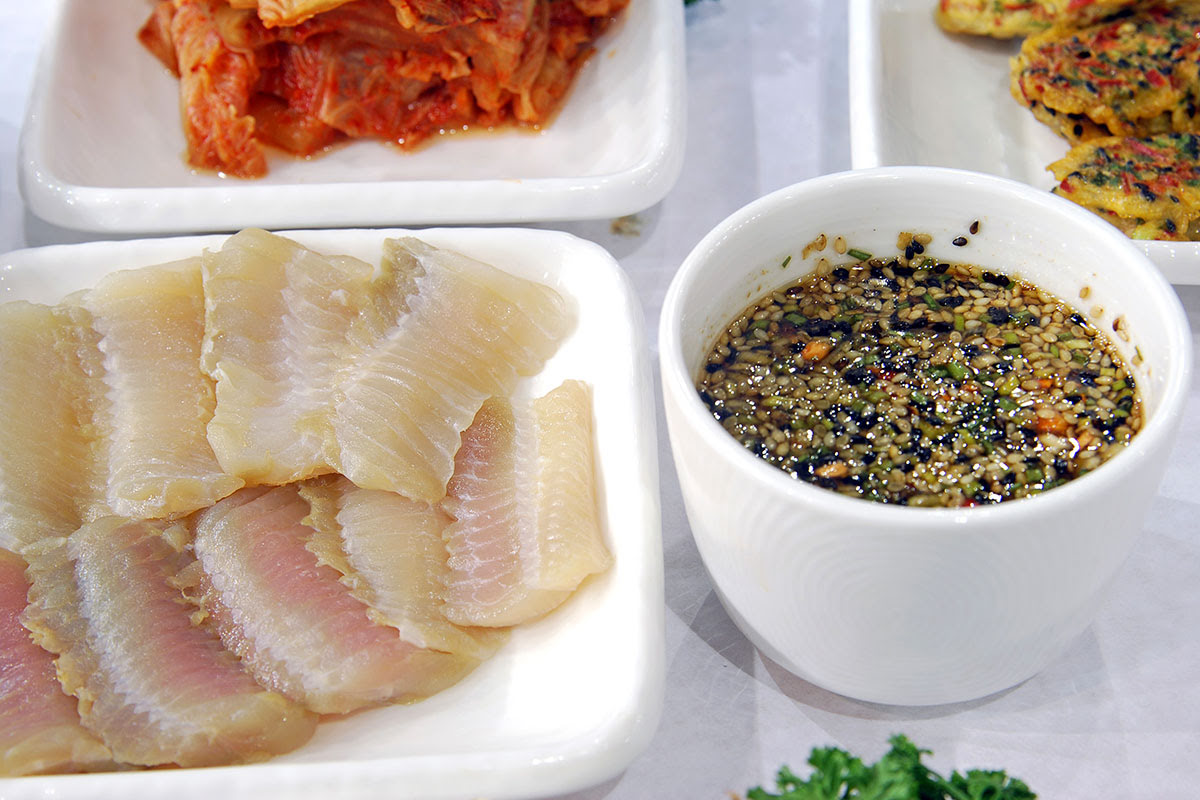 Dom-hoe
Dom-hoe
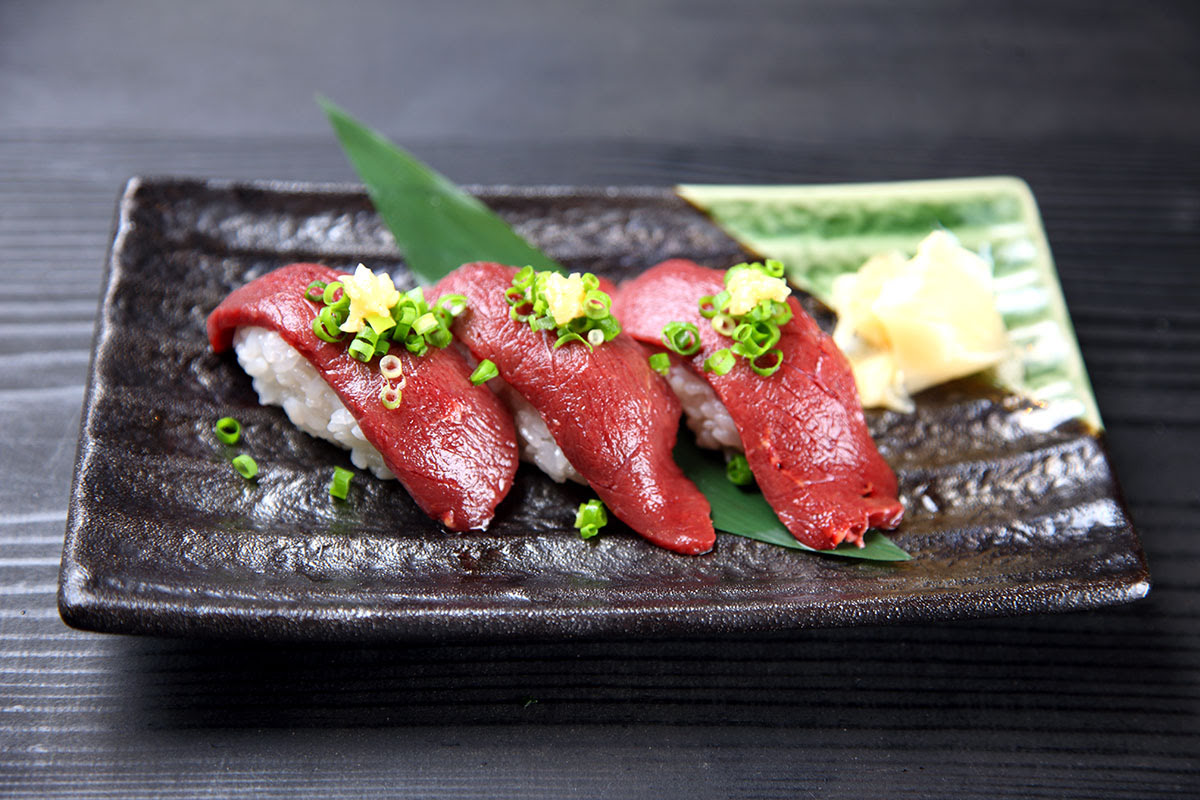 Horsemeat sashimi
Horsemeat sashimi
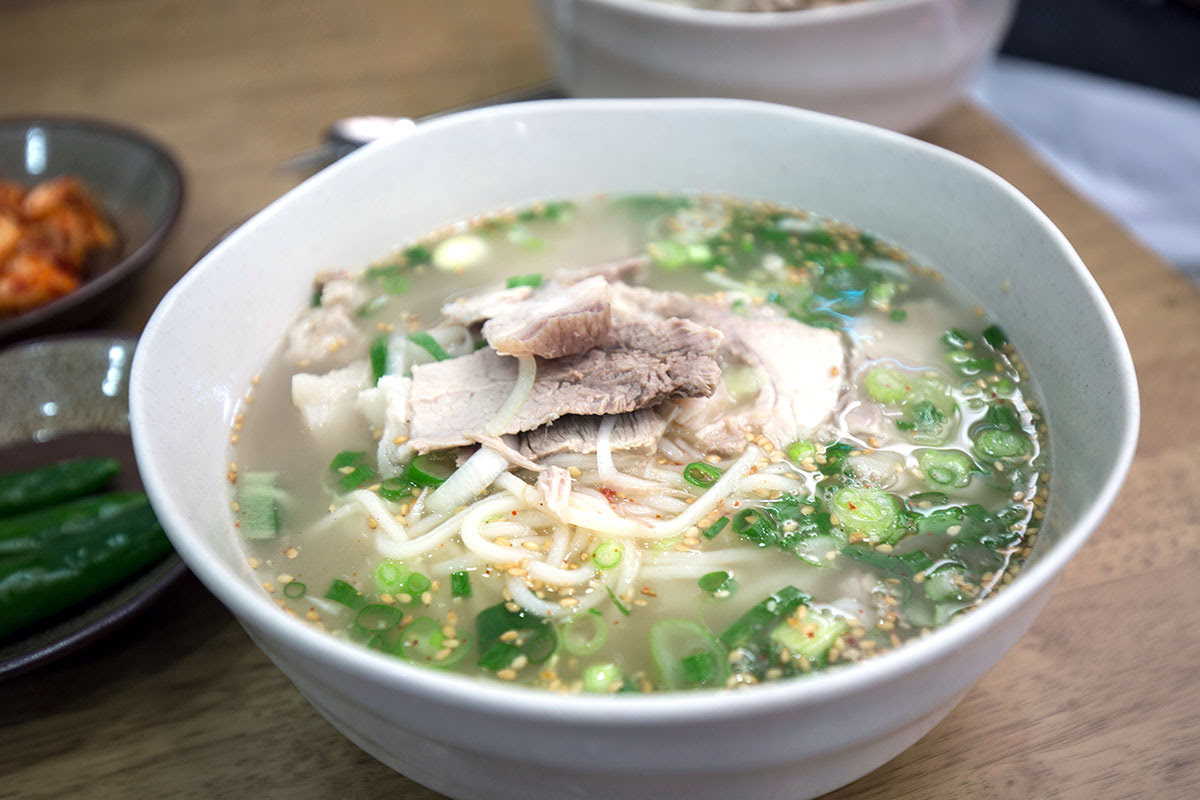 Meat noodles
Meat noodles
Top Jeju City tourist attractions
Two of the best things to do in Jeju City are shopping and eating. Luckily, Jeju City is home to Dongmun Traditional Market, where travelers can gorge their eyes and stomachs on fresh seafood as well as pick up island souvenirs. This diverse one-stop shopping spot is Jeju Island’s largest and oldest market, and it is open daily from 8 a.m. to 9 p.m.
What to eat at Dongmun Traditional Market
While shopping and sightseeing are the reason many people visit the market, the most popular activity at Dongmun Traditional Market is eating! Not only is the seafood fresh from the Yellow Sea, but it also can be cooked for customers on the spot. Some can’t-miss dishes to try at Dongmun Traditional Market include meat noodles, black pork and fresh abalone (jeon-bok). Adventurous foodies can look for samples of horsemeat sushi and sashimi.
What to buy at Dongmun Traditional Market
Dongmun Traditional Market features everything from fresh seafood to Korean souvenirs. Travelers will find an abundance of fresh fruits and vegetables to try on the spot and plenty of dried herbs, bamboo goods, chocolates, clothing and hand-crafted items to take home as keepsakes and gifts.
FIND & BOOK A HOTEL IN JEJU ISLAND TODAY
Things to Do in Jeju Island | Day trips from Jeju City
Jeju City is indeed a great place to spend a day, but travelers wanting to get up close and personal with nature should plan on taking a few day trips from Jeju City. Many of the island’s top destinations can be reached by bus or taxi in less than two hours, and several attractions have nearby accommodations, so if you fall in love with one area and want to stay longer – no problem!
- Hallasan – one of the top things to do in Jeju Island is hiking up Hallasan (Halla Mountain). A shield volcano and the highest peak in South Korea, Hallasan is located smack-dab in the middle of the island and is open for daytime hikes. The mountain makes up Hallasan National Park and contains scenic foliage year-round. It also is listed as a UNESCO Biosphere Reserve. Hallasan features several hiking trails that range from short one-hour walks for beginners and laid-back backpackers to long 10-hour hikes for die-hard trekkers.
-
Seongsan Ilchulbong (Sunrise Peak) – perfect for travelers wanting a bit of exercise and a stunning view, Seongsan Ilchulbong (also known as Sunrise Peak) is an extinct volcano on the eastern edge of Jeju Island. Travelers who arrive early can climb 99 steps to the top to watch the sun rise over the sea and then descend to the coastline to watch the haenyeo, or female free divers, bring in their fresh seafood catches for the day. After that, sit down to a delicious breakfast or lunch at the “Sea Woman Restaurant.”
-
Jusangjeolli Cliffs (Jusangjeollidae) – for a relaxing day or sightseeing by the sea, head to Jusangjeolli Cliffs on the southwestern coast of the Jungman Region in Jeju Island. This natural phenomenon was formed from years of waves hitting the cliffside and shaping the rock into unique-shaped columns. Tour guides are available in the area, or guests can wander aimlessly around walking trails and nature paths.
-
Hallim Park – about an hour west of Jeju City is Hallim Park. This gorgeous garden complex contains waterfalls, caves, a small zoo and a folk village. Plus, it’s only a short walk to the twinkling white sands of Hyeopjae Beach. Hallim Park is open from 8:30 a.m. to 5:30 p.m. daily.
-
Jeju Folk Village – catch a glimpse of what island life was like in the 1890s with a visit to Jeju Folk Village. The restored community, located on the southeast side of the island, features more than 100 homes and thousands of folk displays. The village is one of the best things to do in Jeju Island: it’s as educational as it is family-friendly! Jeju Folk Village is open from 8:30 a.m. to 6 p.m. every day. Admission is 11,000 won for adults, 9,000 won for senior citizens, 8,000 won for teenagers and 7,000 won for children.
-
Yeomiji Botanical Garden & Cheonjeyeon Waterfalls – these neighboring attractions are well worth a trip to the southwest side of Jeju Island. Cheonjeyeon Waterfalls features three waterfalls that can be reached via hiking trails, and Yeomiji Botanical Garden is a large outdoor garden and greenhouse, perfect for a relaxing day of exploring South Korea’s native flora and fauna. Yeomiji Botanical Garden is open from 9 a.m. to 6 p.m. daily. Tickets are 1,000 won for adults and 500 won for children younger than 13 years old.
-
Manjanggul Cave – a designated UNESCO World Heritage Site and one of the most popular things to do in Jeju Island, Manjanggul Cave is a 7.4 kilometer-long walkable lava tube that contains natural cave formations (like stalactites and stalagmites) as well as an abundance of bats and insects! Manjanggul Cave is open from 9 a.m. to 6 p.m. Admission is 2,000 won.
FIND & BOOK A HOTEL IN JEJU ISLAND TODAY
Where to Stay in Jeju Island
Jeju Island generally is divided by its four most popular areas for tourists – Jeju City, Seogwipo, Seongsan and Aewol. Plenty of hotels and accommodations are available in each area. Here are four to get you started. (Just click any link or photo to explore more great hotels in Jeju Island!)
Check In to Ocean Suites Jeju Hotel, Step Out to Jeju City
FIND & BOOK A HOTEL IN JEJU CITY TODAY
Check In to Hotel Gaon J Stay, Step Out to Seogwipo
FIND & BOOK A HOTEL IN SEOGWIPO TODAY
Check In to The Cloud Pool&Spa, Step Out to Seongsan
FIND & BOOK A HOTEL IN SEONGSAN TODAY
Check In to Dyne Oceano Hotel, Step Out to Aewol
You may also like

Discover the best places to eat in Kuching with our ultimate food guide. From Laksa Sarawak to Kolo Mee, explore the top restaurants, cafes, and night markets for an unforgettable culinary experience.

Explore the best places to stay in Chiayi with our ultimate guide to Alishan accommodation. Find hotels, B&Bs, luxury stays, and more.
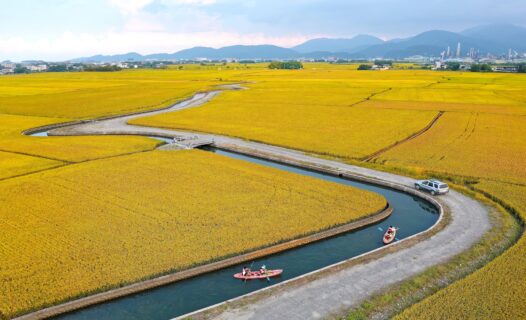
Discover the top must-visit attractions in Yilan, Taiwan, including natural hot springs, night markets, and scenic spots. Plan your perfect trip to Yilan with our comprehensive guide.
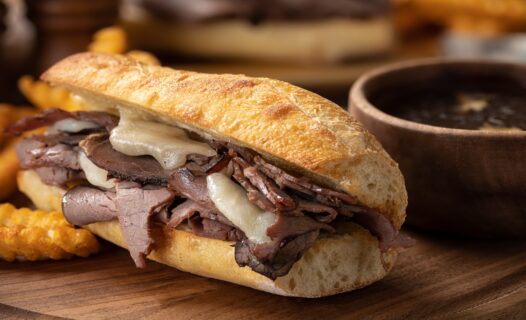
Discover the best eats and hidden culinary gems in Los Angeles with our ultimate foodie's guide. Explore top restaurants, street food, unique dishes, and more!

Discover the wonders of India with the new 30-day free e-Tourist visa available for Thai travelers. Plan your trip, explore top destinations, and enjoy a seamless visa application process from July 1, 2024, to December 31, 2024. Find out how to apply, top attractions to visit, and practical travel tips in our comprehensive guide.
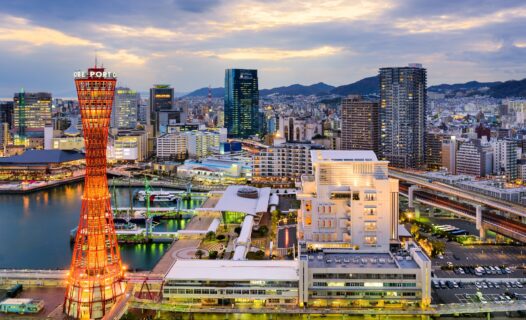
Discover the best attractions and hidden treasures of Kobe in this ultimate travel guide. From cultural landmarks to culinary delights, explore Kobe like never before.
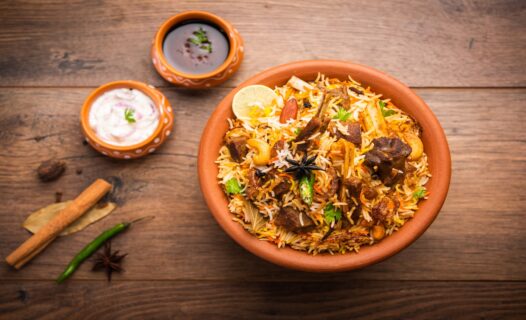
Explore the ultimate list of the best restaurants in Mumbai. From fine dining to street food, discover where to eat in Mumbai and experience the city's rich culinary culture.
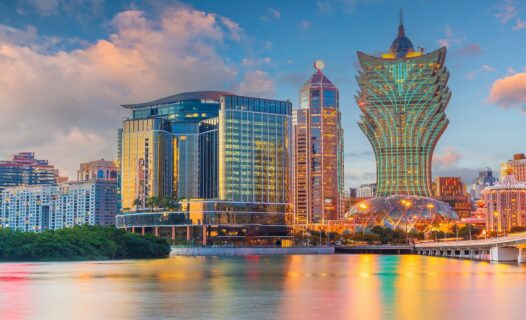
Discover the top attractions and activities in Macau. From historic sites to exciting nightlife, this guide covers everything you need to see and do in Macau.

Discover the best places to eat in Goa with our comprehensive guide. From beach shacks to fine dining, experience authentic Goan cuisine.

Discover the ultimate guide to Phuket, Thailand's tropical paradise. Explore breathtaking beaches, cultural sites, adventurous tours, and delicious cuisine.

Discover the best things to do in Cameron Highlands, Malaysia with our ultimate travel guide. Explore tea plantations, strawberry farms, adventure trails, and more! Plan your trip now.
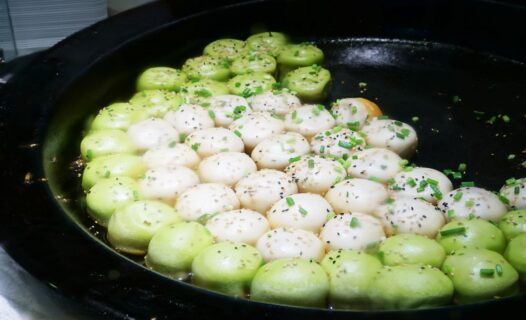
Embark on a culinary adventure in Yokohama Chinatown. Discover the best lunch spots, authentic Chinese dishes, and local dining experiences. Plan your food tour now!
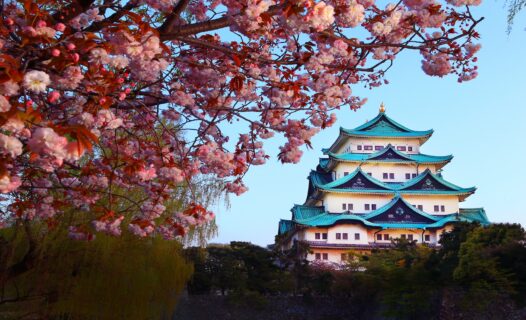
Discover the best luxury hotels in Nagoya with our comprehensive guide. Explore top-tier accommodations, amenities, exclusive experiences, and insider tips for an unforgettable stay.

Explore the best restaurants in New Delhi and NCR, from fine dining spots to street food havens. Find out where to eat in Delhi for an unforgettable culinary experience.
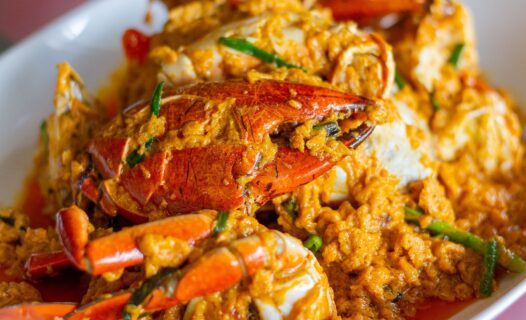
Discover the must-visit food spots in Hat Yai with our comprehensive culinary guide. From bustling night markets to serene cafes, find out where to eat in Hat Yai.

Explore the best attractions, activities, and experiences in Hua Hin and Cha-am with our comprehensive travel guide. Discover hidden gems, cultural landmarks, and more.
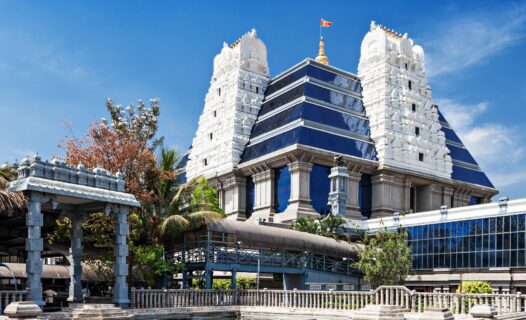
Explore the best free activities and attractions in Bangalore with our comprehensive travel guide. Enjoy the Garden City without breaking the bank.
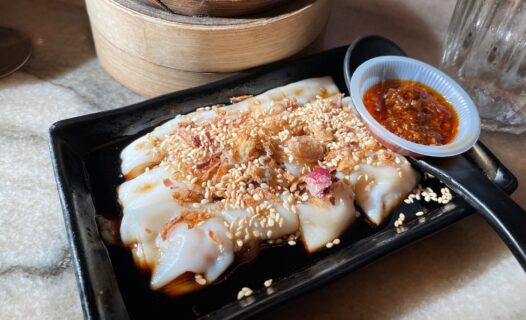
Discover the best eats in Ipoh with our ultimate food adventure guide. From must-try delicacies to hidden gems, experience the authentic tastes of Ipoh.

Discover the best attractions, activities, and must-see places in Vung Tau with our in-depth travel guide. Your ultimate checklist for an unforgettable trip!
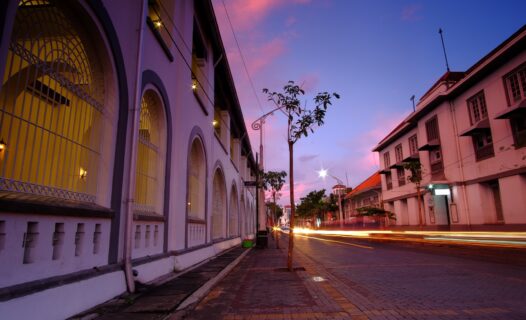
Discover how to experience Indonesia's Independence Day in Semarang with this travel guide. Explore cultural events, parades, culinary delights, and more on Hari Kemerdekaan RI.
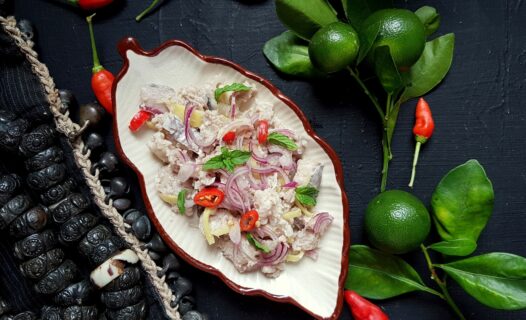
Discover the best dining spots in Kota Kinabalu, from delicious street food to luxurious fine dining. Explore local cuisines, must-try dishes, and more.

Last Updated: October 05, 2020
For a tiny island floating in the Yellow Sea, Jeju Island is packed with adventure! Things to do in Jeju Island include everything from hiking up Mount Hallasan to shopping at Dongmun Traditional Market in Jeju City. Known as the “Island of the Gods,” Jeju Island also is the top honeymoon destination for Korean newlyweds, so the island is a perfect spot for a romantic getaway. With romance, trekking, beaches, horse riding, top-notch diving and sunsets on white sandy beaches, Jeju Island has no shortage of attractions, museums, beaches and breathtaking nature treks!
Things to Do in Jeju Island | Jeju City Shopping & Attractions
No matter which Jeju Island attractions you have on your itinerary, your first stop most likely will be Jeju City. The island’s capital is home to Jeju International Airport and the Port of Jeju, which is the landing point for daily ferries from mainland South Korea. (Ferries also take passengers to the eastern side of the island to the smaller island of Udo and the Seongsan region.) While many things to do in Jeju Island lie outside the city limits, Jeju City is a great home base and contains several can’t-miss tourist attractions as well.
 Dom-hoe
Dom-hoe
 Horsemeat sashimi
Horsemeat sashimi
 Meat noodles
Meat noodles
Top Jeju City tourist attractions
Two of the best things to do in Jeju City are shopping and eating. Luckily, Jeju City is home to Dongmun Traditional Market, where travelers can gorge their eyes and stomachs on fresh seafood as well as pick up island souvenirs. This diverse one-stop shopping spot is Jeju Island’s largest and oldest market, and it is open daily from 8 a.m. to 9 p.m.
What to eat at Dongmun Traditional Market
While shopping and sightseeing are the reason many people visit the market, the most popular activity at Dongmun Traditional Market is eating! Not only is the seafood fresh from the Yellow Sea, but it also can be cooked for customers on the spot. Some can’t-miss dishes to try at Dongmun Traditional Market include meat noodles, black pork and fresh abalone (jeon-bok). Adventurous foodies can look for samples of horsemeat sushi and sashimi.
What to buy at Dongmun Traditional Market
Dongmun Traditional Market features everything from fresh seafood to Korean souvenirs. Travelers will find an abundance of fresh fruits and vegetables to try on the spot and plenty of dried herbs, bamboo goods, chocolates, clothing and hand-crafted items to take home as keepsakes and gifts.
FIND & BOOK A HOTEL IN JEJU ISLAND TODAY
Things to Do in Jeju Island | Day trips from Jeju City
Jeju City is indeed a great place to spend a day, but travelers wanting to get up close and personal with nature should plan on taking a few day trips from Jeju City. Many of the island’s top destinations can be reached by bus or taxi in less than two hours, and several attractions have nearby accommodations, so if you fall in love with one area and want to stay longer – no problem!
- Hallasan – one of the top things to do in Jeju Island is hiking up Hallasan (Halla Mountain). A shield volcano and the highest peak in South Korea, Hallasan is located smack-dab in the middle of the island and is open for daytime hikes. The mountain makes up Hallasan National Park and contains scenic foliage year-round. It also is listed as a UNESCO Biosphere Reserve. Hallasan features several hiking trails that range from short one-hour walks for beginners and laid-back backpackers to long 10-hour hikes for die-hard trekkers.
-
Seongsan Ilchulbong (Sunrise Peak) – perfect for travelers wanting a bit of exercise and a stunning view, Seongsan Ilchulbong (also known as Sunrise Peak) is an extinct volcano on the eastern edge of Jeju Island. Travelers who arrive early can climb 99 steps to the top to watch the sun rise over the sea and then descend to the coastline to watch the haenyeo, or female free divers, bring in their fresh seafood catches for the day. After that, sit down to a delicious breakfast or lunch at the “Sea Woman Restaurant.”
-
Jusangjeolli Cliffs (Jusangjeollidae) – for a relaxing day or sightseeing by the sea, head to Jusangjeolli Cliffs on the southwestern coast of the Jungman Region in Jeju Island. This natural phenomenon was formed from years of waves hitting the cliffside and shaping the rock into unique-shaped columns. Tour guides are available in the area, or guests can wander aimlessly around walking trails and nature paths.
-
Hallim Park – about an hour west of Jeju City is Hallim Park. This gorgeous garden complex contains waterfalls, caves, a small zoo and a folk village. Plus, it’s only a short walk to the twinkling white sands of Hyeopjae Beach. Hallim Park is open from 8:30 a.m. to 5:30 p.m. daily.
-
Jeju Folk Village – catch a glimpse of what island life was like in the 1890s with a visit to Jeju Folk Village. The restored community, located on the southeast side of the island, features more than 100 homes and thousands of folk displays. The village is one of the best things to do in Jeju Island: it’s as educational as it is family-friendly! Jeju Folk Village is open from 8:30 a.m. to 6 p.m. every day. Admission is 11,000 won for adults, 9,000 won for senior citizens, 8,000 won for teenagers and 7,000 won for children.
-
Yeomiji Botanical Garden & Cheonjeyeon Waterfalls – these neighboring attractions are well worth a trip to the southwest side of Jeju Island. Cheonjeyeon Waterfalls features three waterfalls that can be reached via hiking trails, and Yeomiji Botanical Garden is a large outdoor garden and greenhouse, perfect for a relaxing day of exploring South Korea’s native flora and fauna. Yeomiji Botanical Garden is open from 9 a.m. to 6 p.m. daily. Tickets are 1,000 won for adults and 500 won for children younger than 13 years old.
-
Manjanggul Cave – a designated UNESCO World Heritage Site and one of the most popular things to do in Jeju Island, Manjanggul Cave is a 7.4 kilometer-long walkable lava tube that contains natural cave formations (like stalactites and stalagmites) as well as an abundance of bats and insects! Manjanggul Cave is open from 9 a.m. to 6 p.m. Admission is 2,000 won.
FIND & BOOK A HOTEL IN JEJU ISLAND TODAY
Where to Stay in Jeju Island
Jeju Island generally is divided by its four most popular areas for tourists – Jeju City, Seogwipo, Seongsan and Aewol. Plenty of hotels and accommodations are available in each area. Here are four to get you started. (Just click any link or photo to explore more great hotels in Jeju Island!)
Check In to Ocean Suites Jeju Hotel, Step Out to Jeju City
FIND & BOOK A HOTEL IN JEJU CITY TODAY
Check In to Hotel Gaon J Stay, Step Out to Seogwipo
FIND & BOOK A HOTEL IN SEOGWIPO TODAY
Check In to The Cloud Pool&Spa, Step Out to Seongsan
FIND & BOOK A HOTEL IN SEONGSAN TODAY
Check In to Dyne Oceano Hotel, Step Out to Aewol
You may also like
